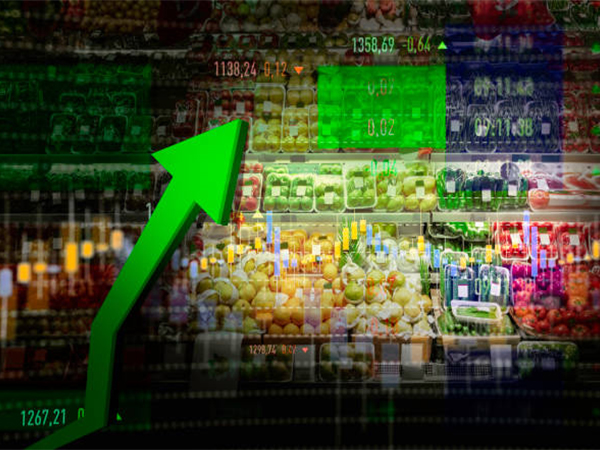India’s retail inflation rate saw a rise in June after months of moderation, with the year-on-year inflation rate based on all India Consumer Price Index (CPI) standing at 5.08 per cent. The rural and urban inflation rates were 5.66 per cent and 4.39 per cent respectively. Food prices, including those for cereal, meat, milk, fruits, vegetables, pulses, sugar, and spices, showed a notable increase on a month-on-month basis. This spike in prices has been a cause of concern for policymakers in India.
The price data for the inflation calculations were collected from over 1100 urban markets and 1000+ villages across all States/UTs through personal visits by field staff. The next release date for the July 2024 CPI is set for August 12, 2024. While the annual retail inflation rate in May had reached a 12-month low of 4.75 per cent, it rose to 5.08 per cent in June. The retail inflation rate had been steadily moderating since December last year, when it stood at 5.7 per cent.
The Reserve Bank of India (RBI) has maintained a comfortable inflation range of 2-6 per cent, with 4 per cent being the ideal scenario. However, India has been facing inflation levels above this ideal target. In response, the RBI had implemented a series of repo rate hikes totaling 250 basis points since May 2022 in an effort to curb inflation. The repo rate is the interest rate at which the RBI lends to banks, and raising it helps reduce demand in the economy, leading to a decline in inflation rates.
While many economies around the world have been grappling with rising inflation levels, India had been successful in managing its inflation trajectory until recently. The rise in food prices has played a significant role in disrupting the ongoing disinflation process in the country and has posed challenges for achieving the 4 per cent inflation target. The RBI’s decision to keep the repo rate unchanged in recent months has been followed by a spike in inflation levels, especially in essentials such as food items.
In conclusion, India’s retail inflation rate saw a noticeable increase in June, driven by rising food prices. The RBI has been taking measures to curb inflation by raising the repo rate, although the effectiveness of these measures remains to be seen. Policymakers will need to keep a close watch on food prices and other essential commodities to ensure that inflation remains within manageable levels. The upcoming CPI release in August will provide further insights into the inflation trajectory in India and the measures needed to address any potential spikes in prices.








































